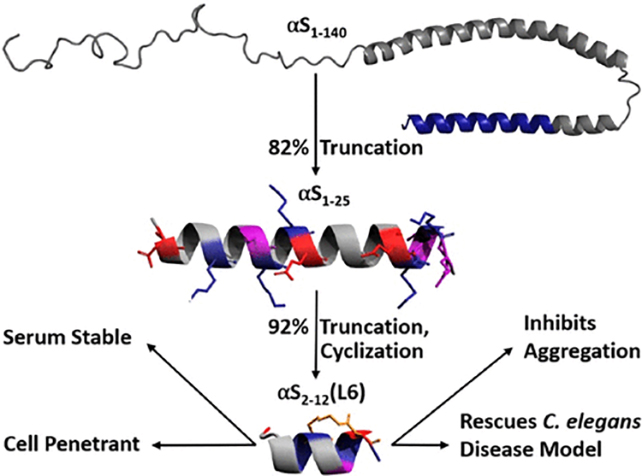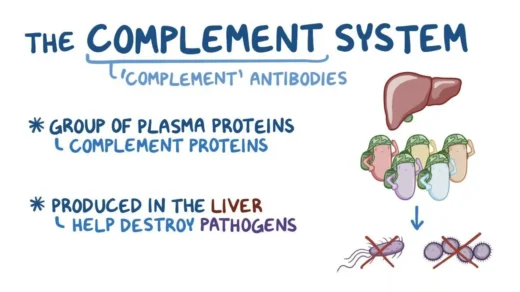As Parkinson’s disease progresses, harmful clumps of protein, often referred to as hallmarks of the condition, build up in the brain. This aggregation blocks communications between neurons, ultimately killing them off. However, recent research suggests a potential method to stop these clusters from forming altogether.
Researchers, led by a team from the University of Bath in the UK, have engineered a small amino acid chain, known as a peptide, that successfully prevented this misfolding process in a basic worm model of Parkinson’s.
The core mechanism involves keeping the protein called alpha-synuclein locked in its healthy shape, thereby preventing the misfolding that typically leads to the toxic clumps. According to biochemist Jody Mason from the University of Bath, this breakthrough “opens an exciting path towards new therapies for Parkinson’s and related diseases, where treatment options remain extremely limited”.
This work builds upon previous studies by some of the same researchers, which identified a fragment of the alpha-synuclein protein that may prevent it from reaching dangerous levels. This key part acts like a guide for the protein to follow.

For the current study, that guiding fragment was reduced to the smallest possible size to create the new peptide. To ensure durability and prevent the molecule from breaking down, the researchers incorporated chemical structures called lactam bridges to add stability.
The engineered peptide possesses several important attributes: it is durable, can survive inside cells, and does not cause any toxic side effects.
Crucially, the peptide is able to patrol cells and prevent the harmful misfolding of alpha-synuclein without interfering with the protein’s normal, healthy function. Alpha-synuclein is necessary for regulating neurotransmitter signaling chemicals, such as dopamine. Mason notes that the work shows “it is possible to rationally design small peptides that not only prevent harmful protein aggregation but also function inside living systems“.
The treatment appears to be preventative in nature. Instead of breaking up existing protein clumps, this method could eventually be utilized to stop proteins from building up in the brains of people considered at risk of developing Parkinson’s. Determining the cause versus the consequence of alpha-synuclein clumping remains a challenge in finding effective treatments, making this preventative strategy particularly significant.
While the early signs from this research in an animal model are positive, significant progress is still required. A key challenge involves figuring out the best way to deliver these peptides into the human body, a task anticipated to be significantly more difficult than delivery in worms.
The researchers are also looking for exploring similar techniques for treating related conditions characterised by dangerous protein clumps, including Alzheimer’s disease and Lewy body dementia. Julia Dudley, head of research at Alzheimer’s Research UK an organisation which helped fund the study—commented that this early research is “exciting” and highlights the need for treatments that can slow, stop, and ultimately reverse forms of dementia.
The research has been published in the Journal of the American Chemical Society, with specific details appearing in JACS Au (2025).

















